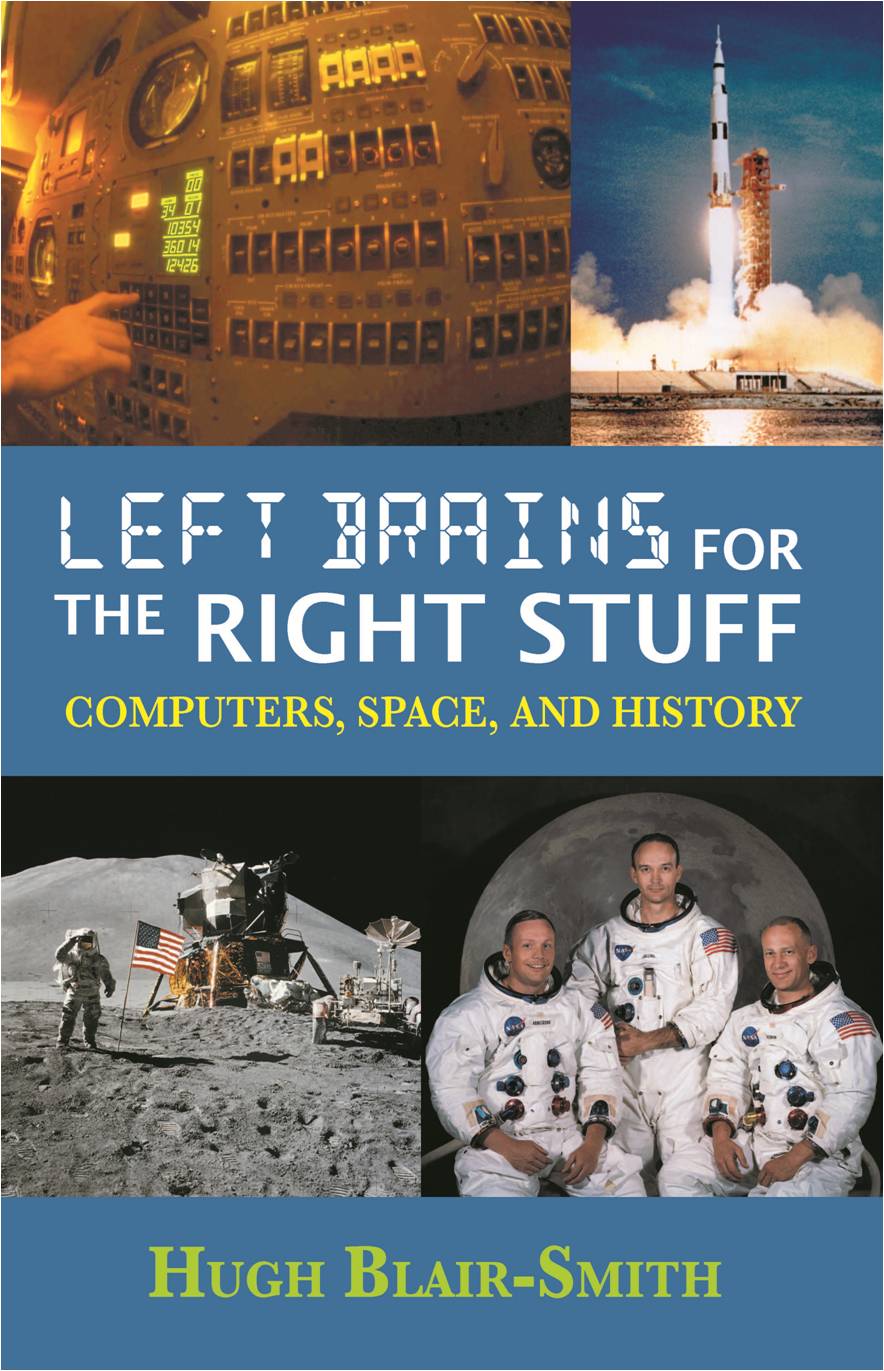


 Hugh Blair-Smith, whose long professional history began on the Apollo spacecraft's primary guidance system, provides readers with this compelling look at the Space Race, why it happened and why it matters.
Hugh Blair-Smith, whose long professional history began on the Apollo spacecraft's primary guidance system, provides readers with this compelling look at the Space Race, why it happened and why it matters. 

 After the work that I did at MIT, I wanted people to understand the inside story of the causes and effects of the Space Race.
After the work that I did at MIT, I wanted people to understand the inside story of the causes and effects of the Space Race. 